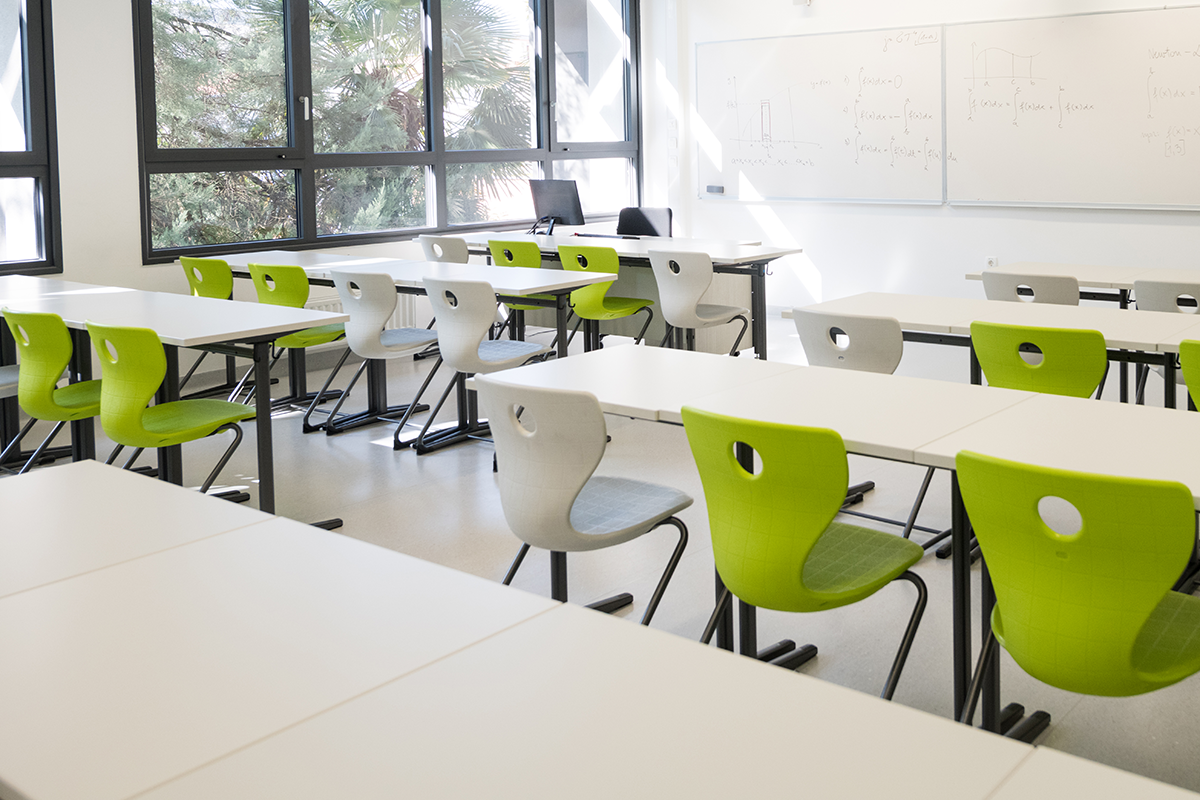With COVID-19 tests becoming more widely available, the Centers for Disease Control and Prevention released updated guidance Oct. 13 on what K-12 school administrators and public health officials should consider when testing students or staff. “Interim Considerations for Testing for K-12 School Administrators and Public Health Officials” provides a framework for determining who should be tested first and how such a screening should be incorporated into schools’ overall strategies for controlling the spread of the virus.
CDC officials note that testing to diagnose COVID-19 must be part of a comprehensive strategy that also includes the promotion of behaviors that reduce spread (mask use, social distancing, hand hygiene); maintenance of healthy environments (cleaning and disinfection, ventilation) and healthy operations (scheduling, virtual learning, class sizes); and preparation for when someone contracts the virus.
The considerations are intended to provide guidance on the appropriate use of testing in K-12 schools for surveillance, diagnosis, screening or outbreak response, as schools play a significant role in helping to protect students and their families, teachers, staff and the broader community and to slow the spread of COVID-19.
Reflecting a shift away from previous CDC guidance, the update says schools in areas with higher risk of transmission may test broader pools of students and staff as a surveillance tool to monitor the effectiveness of mitigation efforts. Specifically, schools in areas with moderate to high transmission risk, or those with large populations of students from disproportionately affected racial and ethnic groups or families who lack sufficient access to testing, may in fact want to repeatedly screen random samples of students and adults.
Tracking and tracing cases at school sites
The recommendations also include prioritizing symptomatic individuals and those who’ve had close contact with those who may be ill with the virus.
When tracing the spread of an active case of COVID-19, schools should consider the following three-tiered priority groups:
- People who were less than 6 feet apart from the person diagnosed with COVID-19 “for at least 15 minutes or more beginning two days before the individual with COVID-19 became symptomatic.” LEAs should consider contact that occurs in classes, cafeterias, after-school programs, and athletic or extracurricular settings.
- Students and staff in the same classroom, pod or cohort as the affected person, or those who ride the same bus.
- People who share a common space, such as a teachers’ lounge or classroom, with the person who tested positive, but were not necessarily in the common area at the same time.
Should a student or faculty member test negative, the guidance warns that it doesn’t mean they should be free from quarantine requirements.
“All persons who are identified as close contacts need to quarantine for 14 days, even if screening test results are negative, because they can still develop COVID-19 for up to 14 days after being exposed. Quarantine helps prevent spread of disease that can occur before a person knows they are sick or if they are infected with the virus without feeling symptoms,” according to the CDC, which notes that close contacts in quarantine who develop symptoms should be retested.
The guidance emphasizes that “school-based testing should NEVER be conducted without consent from a parent or legal guardian (for minor students) or from the individual him or herself (for adults). Assent may also be considered for minor students.”
The CDC also warns that not every school will have the capability to do testing on site, and that administrators should take into consideration student privacy, data reporting, staff time and whether they even have the regulatory clearance necessary to do so. LEAs should work with local health officials and medical providers to plan for off-site testing in cases where it would be more practical to do so.




